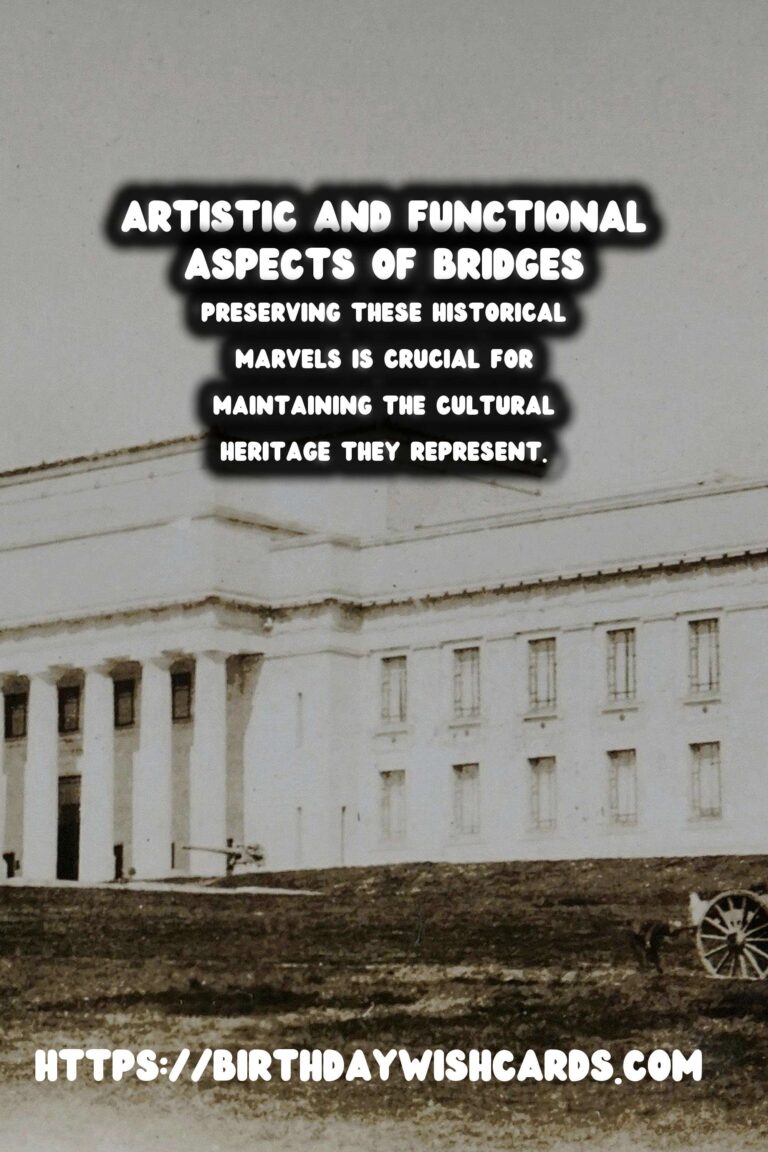
Bridges are remarkable feats of engineering that not only define landscapes but also connect communities and cultures. Throughout history, these structures have stood as symbols of advancement, artistic expression, and engineering prowess. In this article, we explore the artistic and functional aspects of historical bridges and their impact on society.
The Artistic Beauty of Historical Bridges
From the intricate stonework of medieval times to the bold, sweeping designs of later eras, historical bridges have always been artistic landmarks. Their designs are as varied as their functions, often reflecting the architectural style of the period in which they were built.
Take, for instance, the magnificent Charles Bridge in Prague, which combines Gothic elements with Baroque statues. Its construction in the 14th century exemplifies how art and architecture blend together to create enduring beauty.
Similarly, the Ponte Vecchio in Florence is a stunning example of bridge design incorporating art and commerce, with its shops and residences adding to its charm and historical significance.
Functionality Beyond Aesthetics
While the artistic elements of historical bridges are indeed captivating, their functionality cannot be ignored. Throughout history, bridges have been and continue to be vital for trade, travel, and communication.
In the Roman Empire, aqueduct bridges such as the Pont du Gard served dual purposes of carrying water and serving as a route across the river. This pivotal functionality made Roman bridges a blueprint for future structural designs.
Moreover, famous bridges like the Tower Bridge in London have become symbolic, serving not only as functional crossings but also as historical and cultural icons.
Engineering Triumphs and Innovations
The engineering techniques employed in historical bridges reflect the technological advances of their time. The use of suspension cables, as seen in the Brooklyn Bridge, was a groundbreaking innovation of the 19th century.
The Iron Bridge in Shropshire was a pioneering cast iron structure, symbolic of the Industrial Revolution and a harbinger of the potential of new materials in construction.
Each historical bridge tells a story of human ingenuity, trial, and triumph, showcasing the evolution of civil engineering techniques over centuries.
Preservation of Historical Bridges
Preserving these historical marvels is crucial for maintaining the cultural heritage they represent. Many organizations worldwide are committed to the restoration and maintenance of these structures, ensuring they remain safe and accessible for future generations.
The preservation efforts not only protect the physical integrity of these bridges but also safeguard the priceless historical and cultural narratives they embody.
Conclusion
Historical bridges are more than just masonry and metal; they are artistic anchors and indispensable functional structures in our societies. As symbols of innovation, creativity, and connectivity, they continue to captivate our imagination and serve as reminders of the legacy of past engineering marvels.
Bridges are remarkable feats of engineering that not only define landscapes but also connect communities and cultures. Preserving these historical marvels is crucial for maintaining the cultural heritage they represent. 
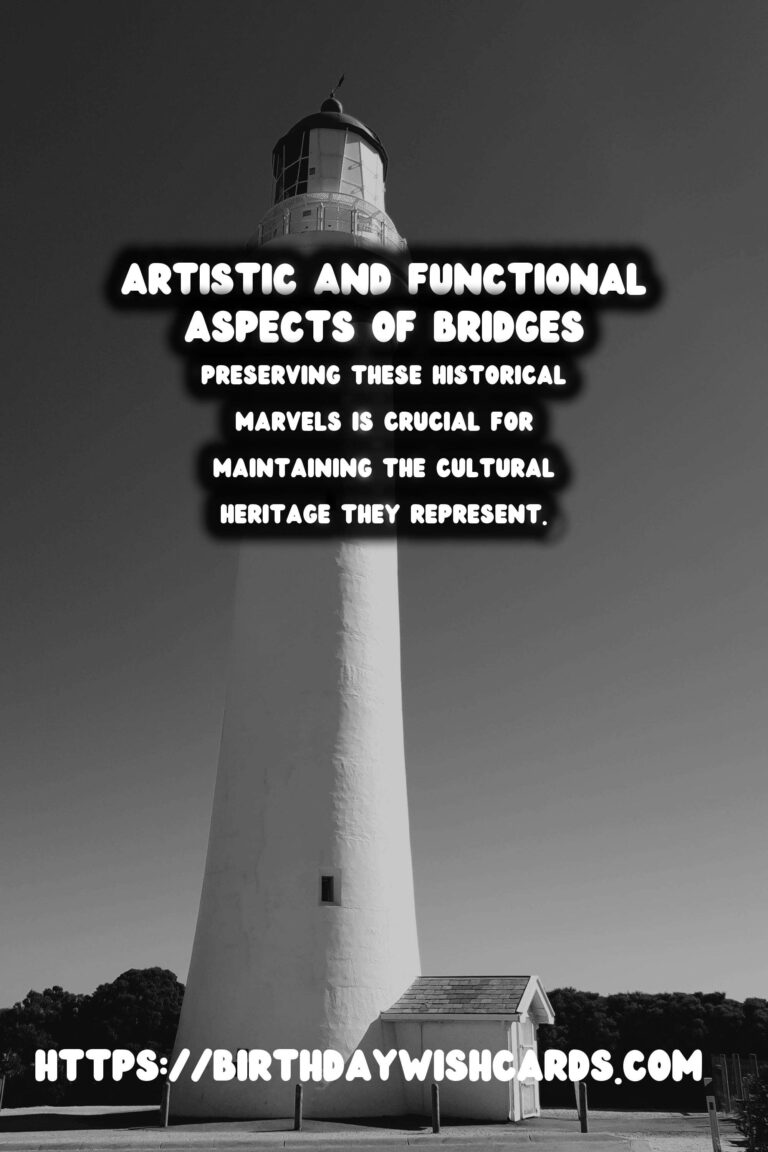
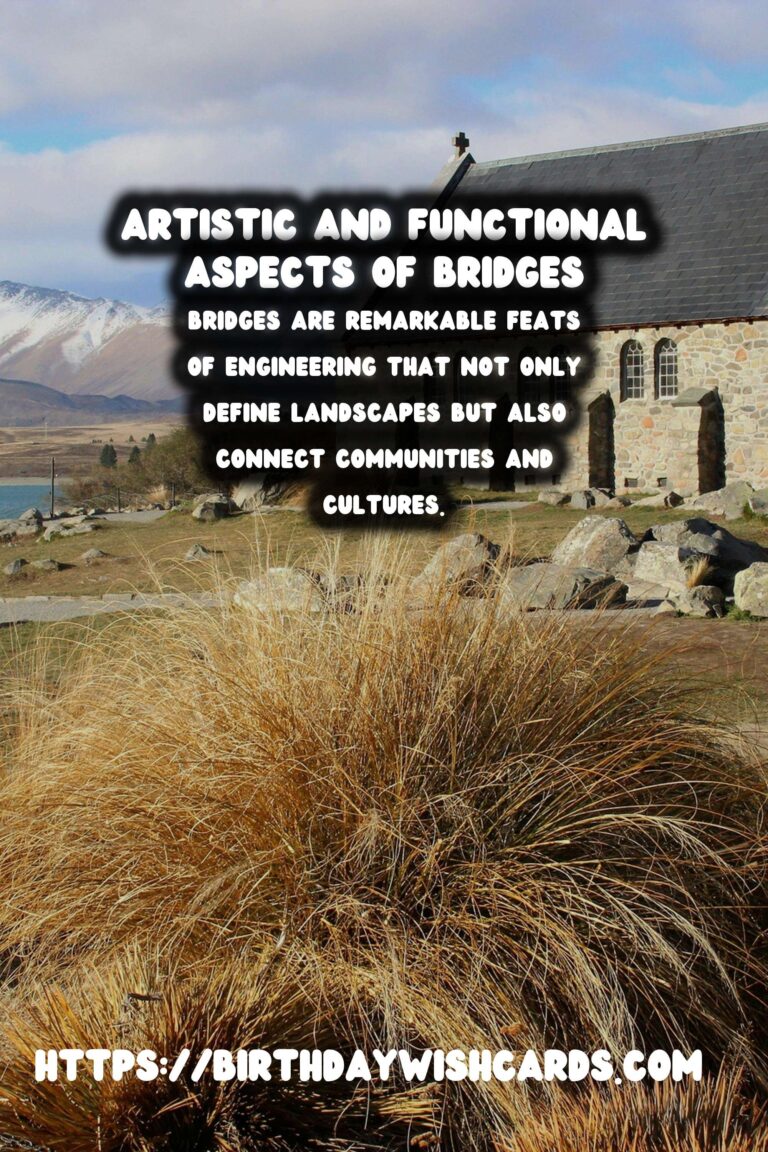
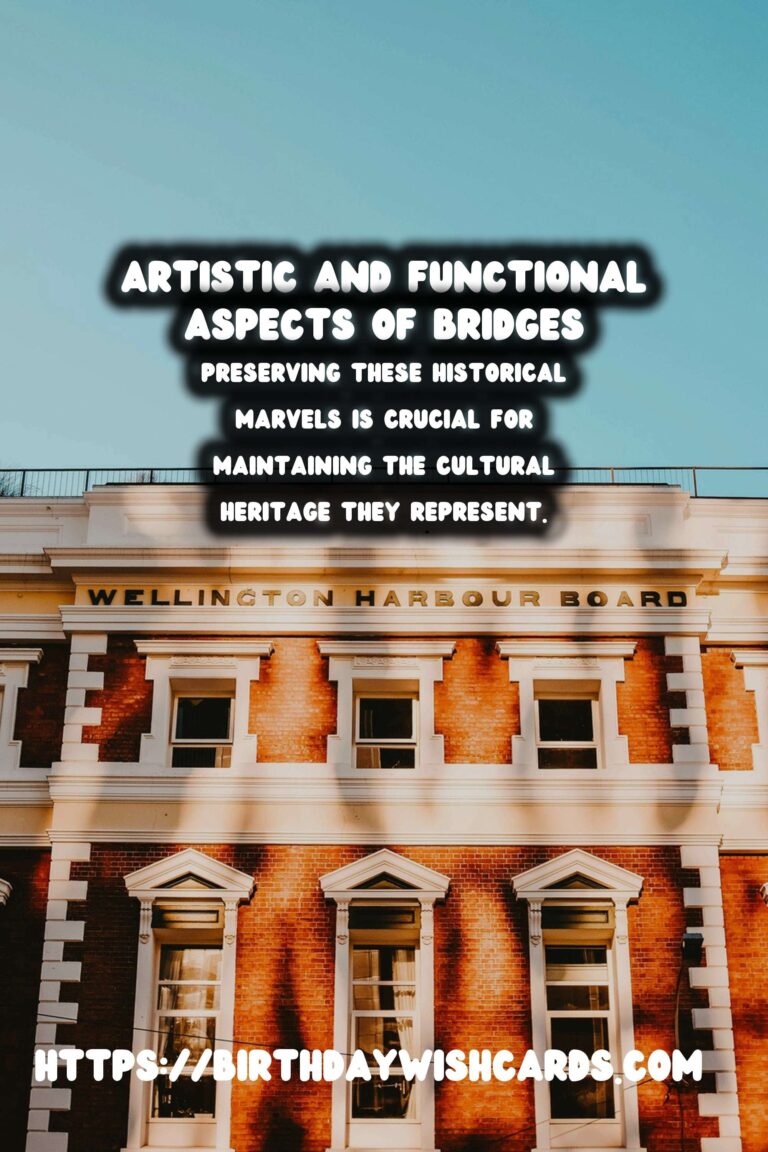
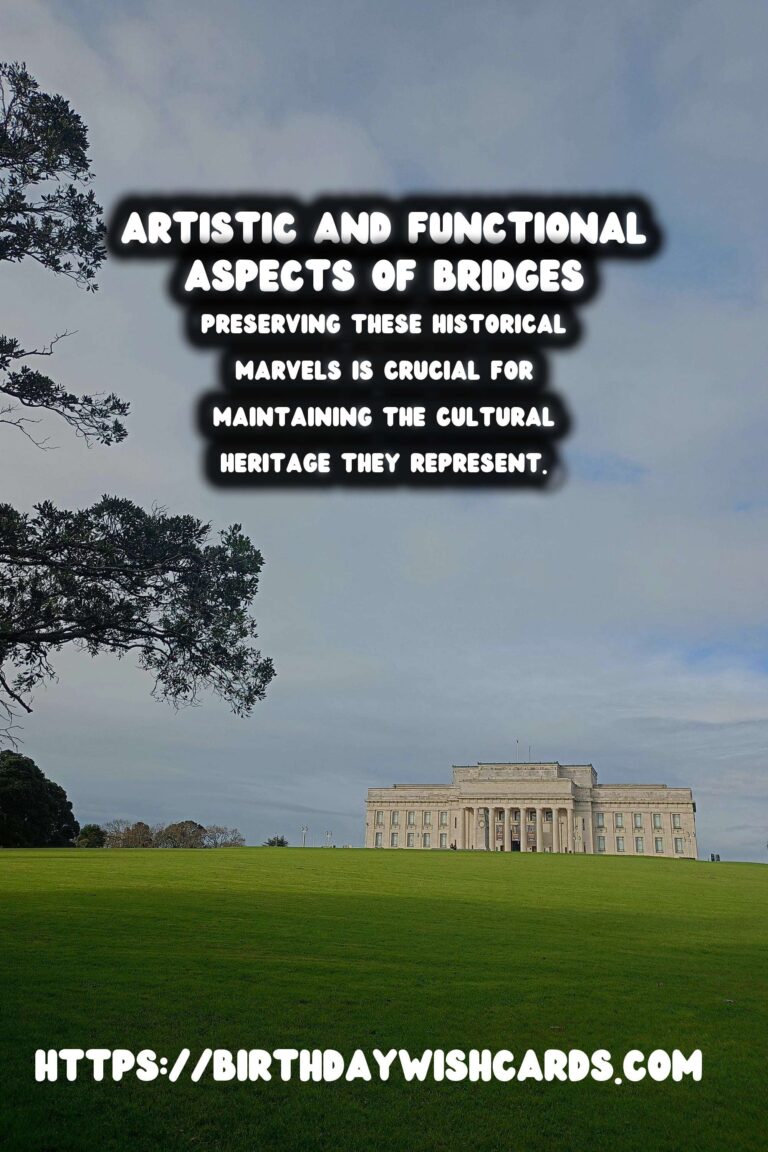
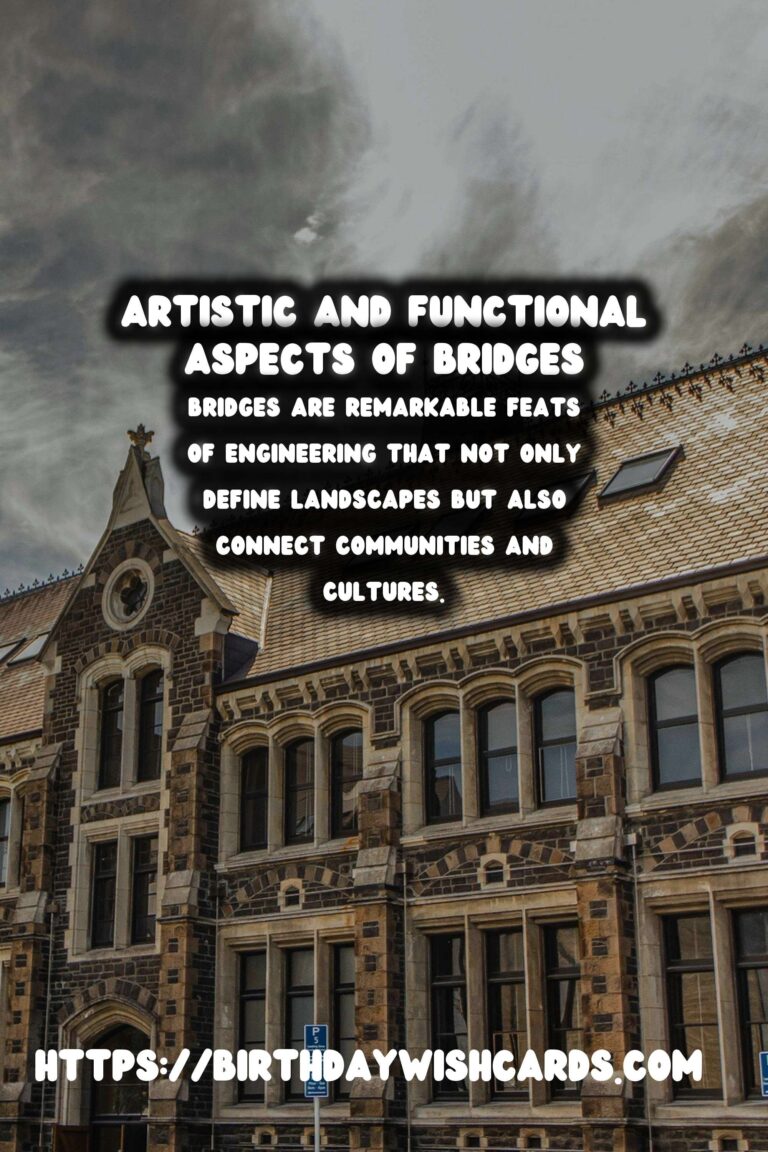
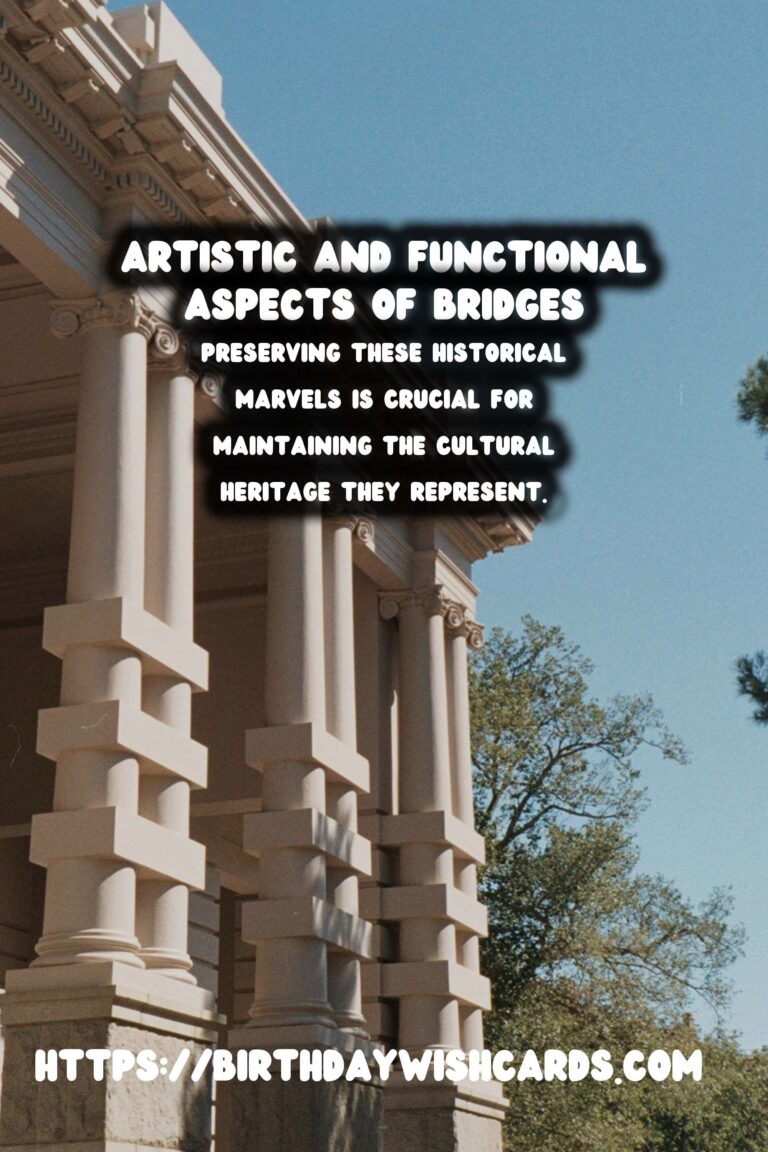
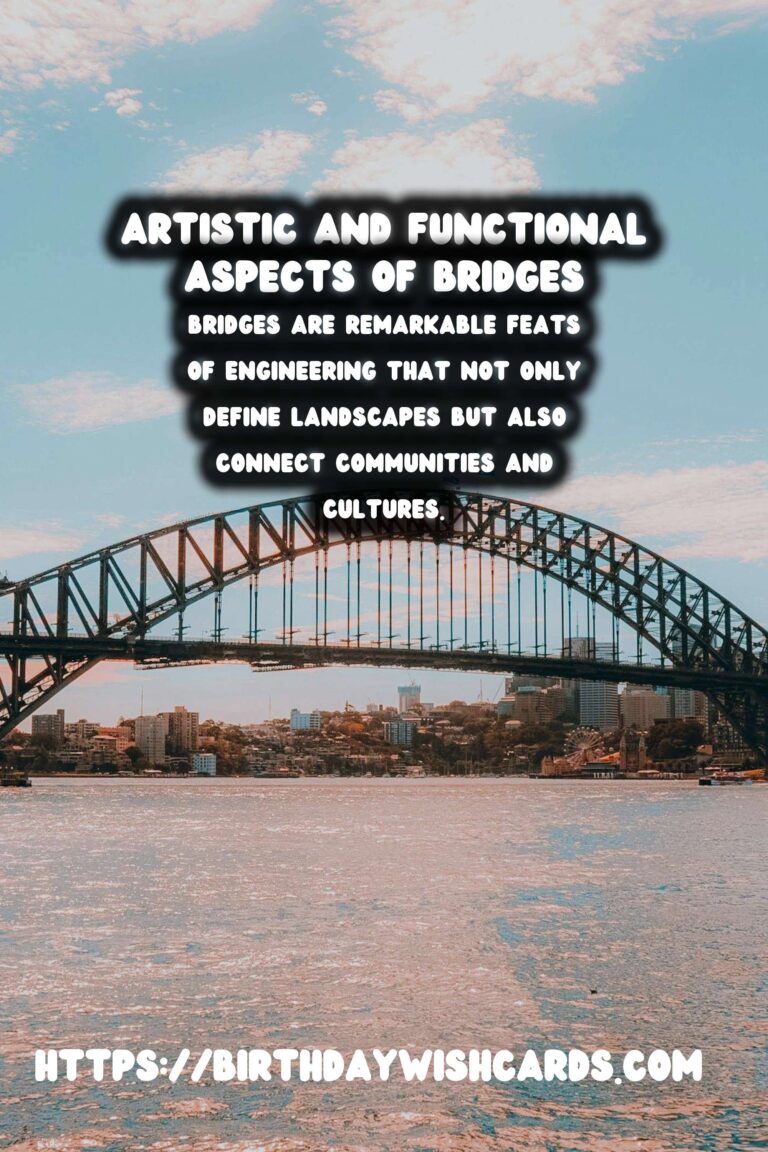
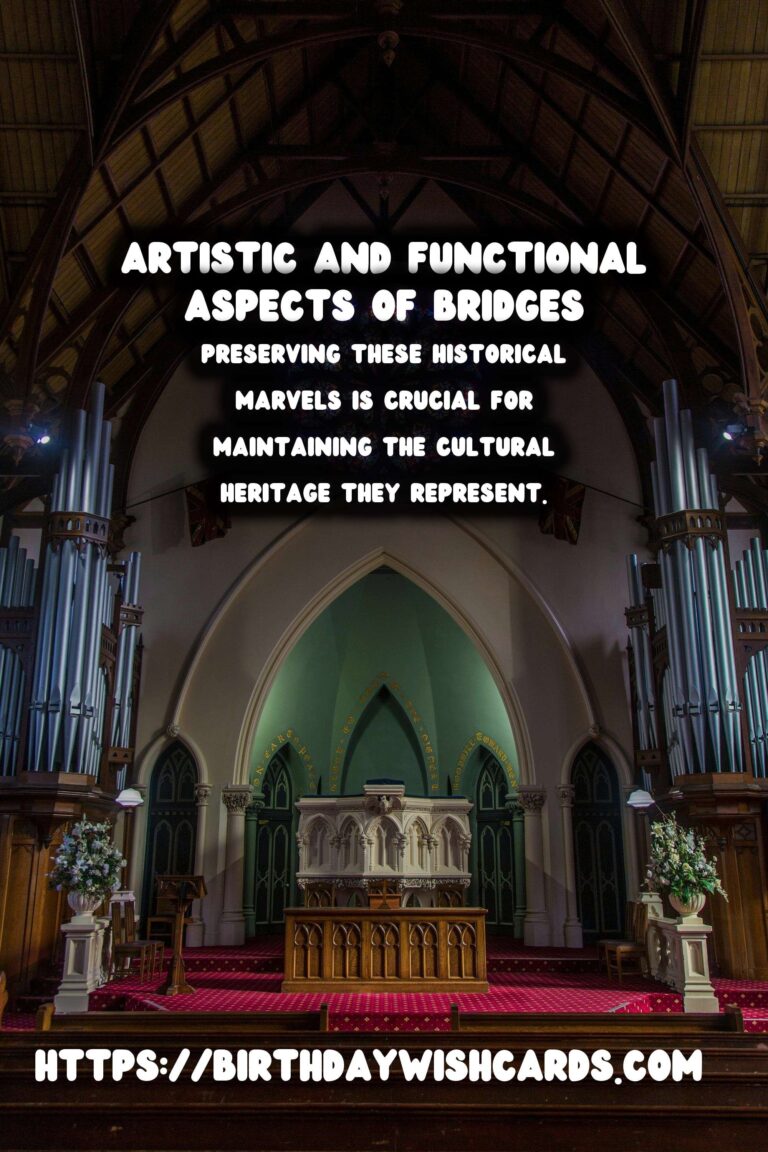
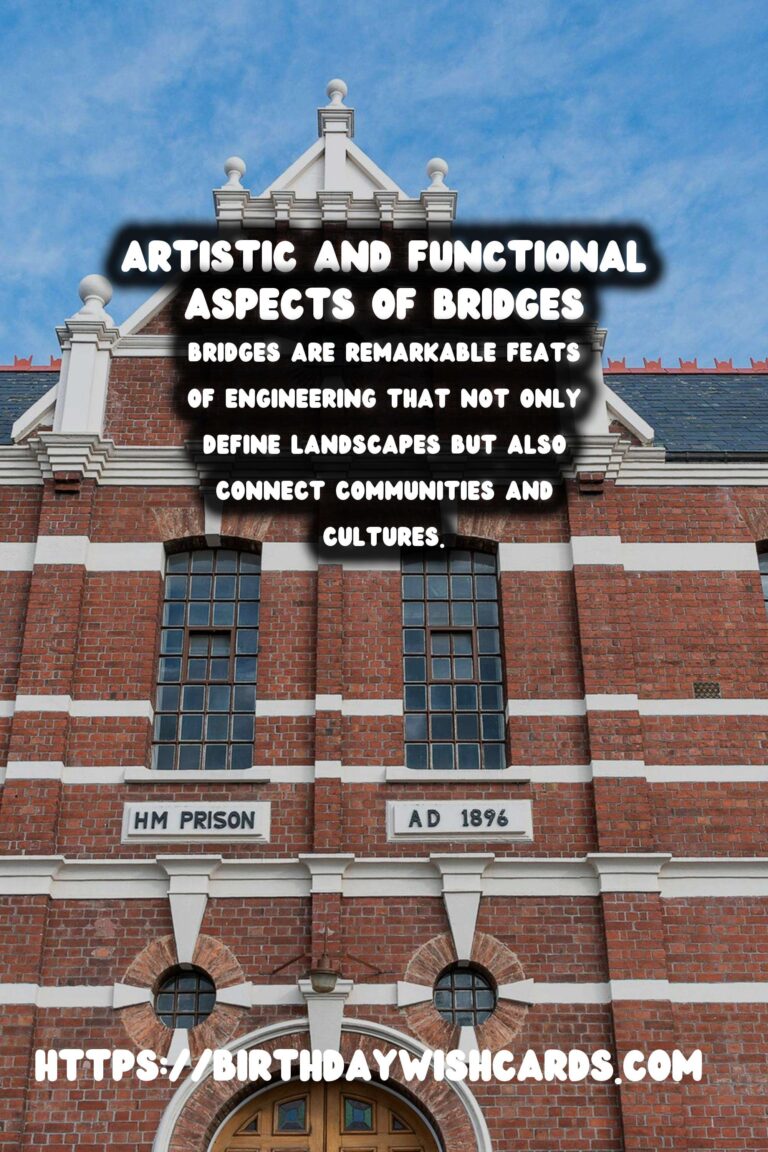
#HistoricalBridges #EngineeringArtistry




